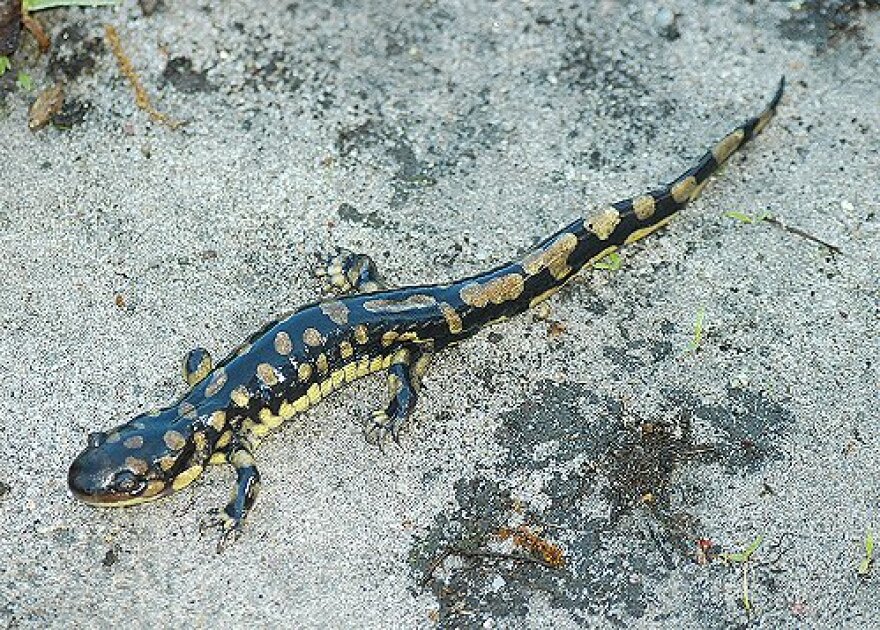Discover nature this week as Salamander larvae are transforming into adults.
Salamanders are amphibians. They live in forested areas under rocks and logs or in caves and they breed in woodland ponds.
Most of us know frogs metamorphose from tadpoles to frogs in a matter of weeks. Did you know salamanders do so through a similar process? Known as larvae, they compare to frog tadpoles in being the step between egg and adult.
During metamorphosis, the larvae lose their gills and acquire a pair of saclike lungs. The heart transforms from the two-chambered heart needed to support gills to a three-chambered heart capable of supporting lungs. The larvae also grow limbs, eyelids, and well-developed tongues.
Salamanders could be called eco-sponges because they are so sensitive to their environment. According to the Missouri Department of Conservation, the health of local salamander populations often mirrors the health of the habitat as a whole.
One of the most effective methods of managing your property for amphibians and reptiles is to increase the number of natural shelters such as old logs of all sizes, bark slabs, or small brush piles on the forest floor. The logs provide habitat for salamanders, lizards and snakes. Placing old or rotten logs on the north-facing side of a forested hill will provide valuable habitat for the red back and slimy salamanders.
Building several small, fishless ponds in and near the edge of timberlands is a valuable practice for management of woodland amphibians and reptiles. Although many adult salamanders spend their lives under rocks or logs, they need woodland ponds for egg laying. Spotted and tiger salamanders migrate to ponds in early spring to court and lay their eggs.
To keep track of current natural events like when Salamander larvae will transform into adults, you can get your own Natural Events Calendarfrom the Missouri Department of Conservation.




